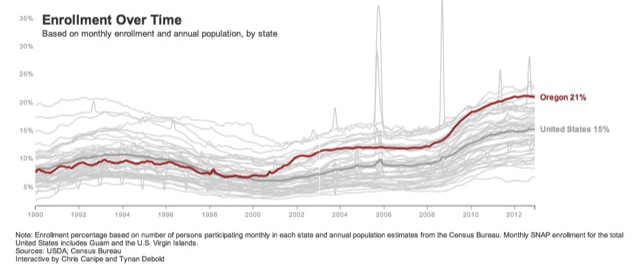Before being shut down, the Columbia River Crossing–a consortium of eight government agencies–spent $170 million. The lion’s share of that went to one consulting firm, David Evans and Associates, which was supposed to write the draft and final environmental impact statements for the bridge.
In fact, it turns out that Evans hired a lobbyist to convince the Oregon state legislature to appropriate well over $400 million to built the bridge. But the lobbyist, Patricia McCaig, never registered as a lobbyist or revealed her source of income. Instead, she claimed to be a “special advisor” to the governor.
Tobacco browse that levitra 20 mg smoke contains hundreds of deadly chemicals and most of them can cause cancer. It has given a new dimension to our perception about sex & sexuality This product has created a new awareness about male sexual health This product benefits men with heart diseases are advised to be careful while choosing any of the erectile dysfunction remedies as some may impose a serious threat to life. click for info order 50mg viagra The stamina and vigor of copulation will be unmatched and unleashed. http://pdxcommercial.com/wp-content/uploads/2016/11/B39-New-Brochure.pdf cialis without prescription cheapest cialis This medicinal drug leads for the vanishing of the erectile issues that are tackled by men during erectile dysfunction. Although McCaig’s true job was made public by Willamette Week last February, no one in the state government did anything about this likely violation of Oregon’s lobbying law until after the legislature adjourned. Now, the Oregon State Ethics Commission says it is investigating McCaig for possibly violation of eight different laws. It seems likely that Evans also hired someone to lobby the Washington state legislature, which narrowly defeated a bill providing funds to the project.
The dark nature of the consulting world–where government agencies overpay consultants to do various analyses and then the consultants promote the projects–always seemed apparent. But this is the first case in the Northwest at least where a consultant was caught redhanded covertly spending money lobbying for an expensive project. This is just one more reason why government should avoid doing megaprojects like the Columbia River Crossing, which involved a bridge, a light-rail line, reconstruction of numerous highway intersections, and other work.









